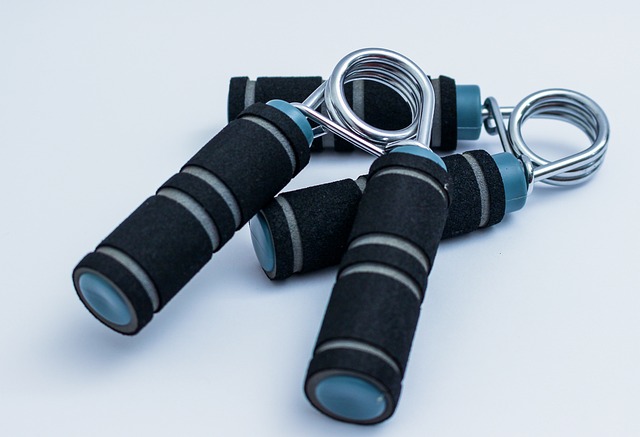Different Types of Adhesive Tapes
2018-05-04 14:25:50
Adhesive tape refers to any one of a variety of combinations of backing materials coated with an adhesive. Different backing materials and adhesives can be used depending on the intended use.
Pressure-sensitive adhesive, a key component of some adhesive tapes, was first developed in 1845 by Dr. Horace Day, a surgeon. In 1901, the German Oscar Troplowitz invented an adhesive patch called Leukoplast for the German company Beiersdorf AG. In 1936, German company Beiersdorf AG invented a transparent adhesive patch called Tesa.
There are many types of adhesive tapes. Pressure-sensitive tape, PSA tape, self-stick tape or sticky tape consists of a pressure-sensitive adhesive coated onto a backing material such as paper, plastic film, cloth, or metal foil. It is sticky without any heat or solvent for activation and adheres with light pressure. These tapes usually require a release agent on their backing or a release liner to cover the adhesive. Sometimes, the term "adhesive tape" is used for these tapes. Many pressure-sensitive adhesive tapes exhibit triboluminescence, observable in a dark room, when peeled off a dispenser roll or other surface.
Dependence of adhesive strength on the shape. The adhesiveness of the tape does depend not only on the type of the tape but also on its macroscopic shape. Tapes with sharp corners start to detach at pointed corners. The adhesive strength can be sufficiently improved by cutting the edges as shown in the film.

Water activated tape, gummed paper tape or gummed tape is starch- or sometimes animal glue-based adhesive on a kraft paper backing which becomes sticky when moistened. A specific type of gummed tape is called reinforced gummed tape (RGT). The backing of this reinforced tape consists of two layers of paper with a cross-pattern of fiberglass filaments laminated between. The laminating adhesive had previously been asphalt but now is more commonly a hot-melt atactic polypropylene. Water-activated tape is used for closing and sealing boxes. Before closing corrugated fiberboard boxes, the tape is wetted or remoistened, activated by water. The tape is mostly 3 inches (7.5 cm) wide.
Heat activated tape is usually tack-free until it is activated by a heat source. It is sometimes used in packaging, for example, a tear strip tape for cigarette packs. Conversely, thermal release tape, such as REVALPHA by Nitto Denko, loses its tack and fully releases when heated to a certain temperature. This type of tape is used often in the semiconductor industry.
-
Top 7 best-selling home fitness equipment recommendations
2023-03-21 18:18:41 -
China Furniture Wholesale – Your Ultimate Guide
2023-03-07 16:02:51 -
Analysis of the status quo of China's cotton socks industry
2023-02-09 17:15:48















